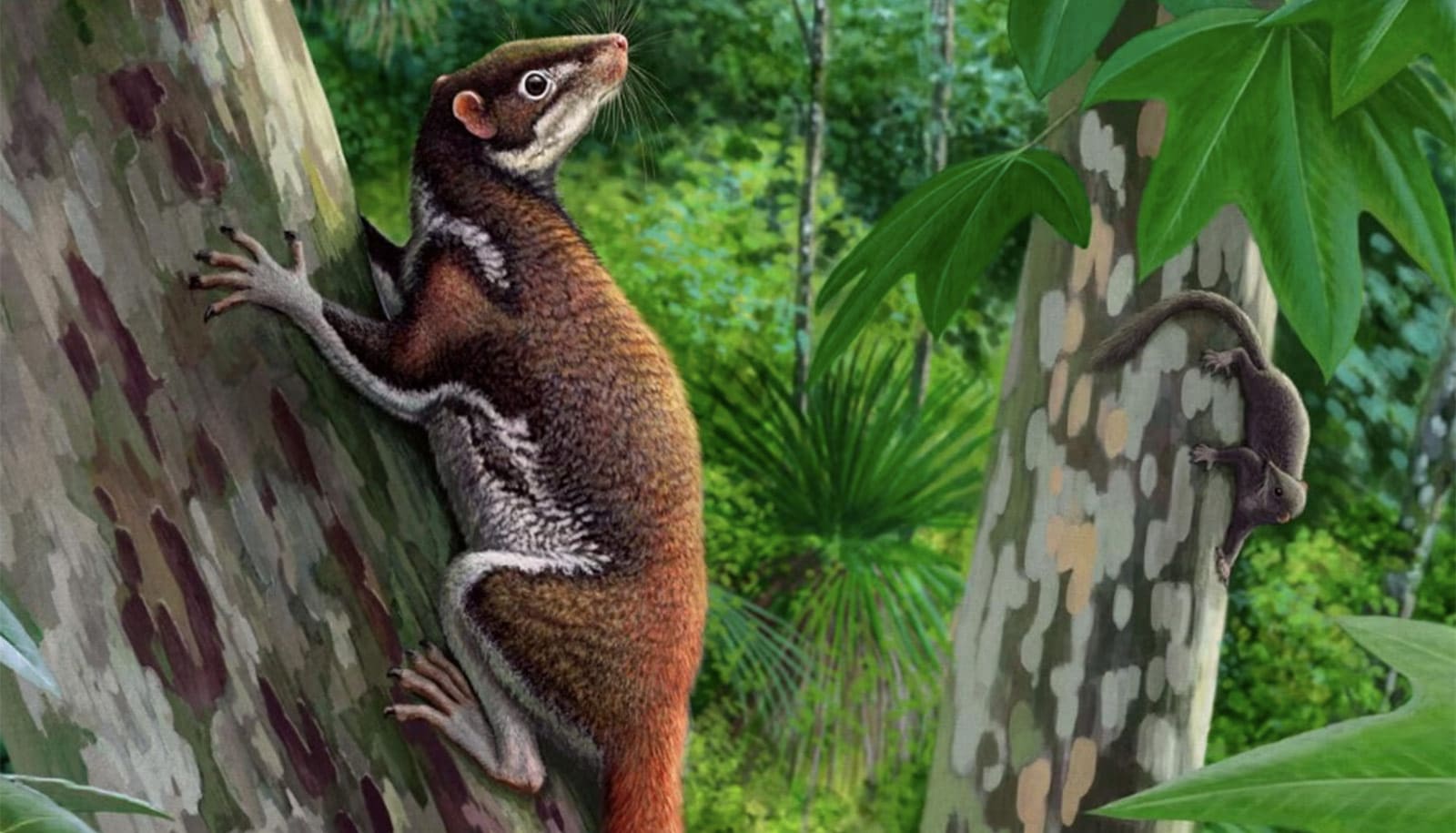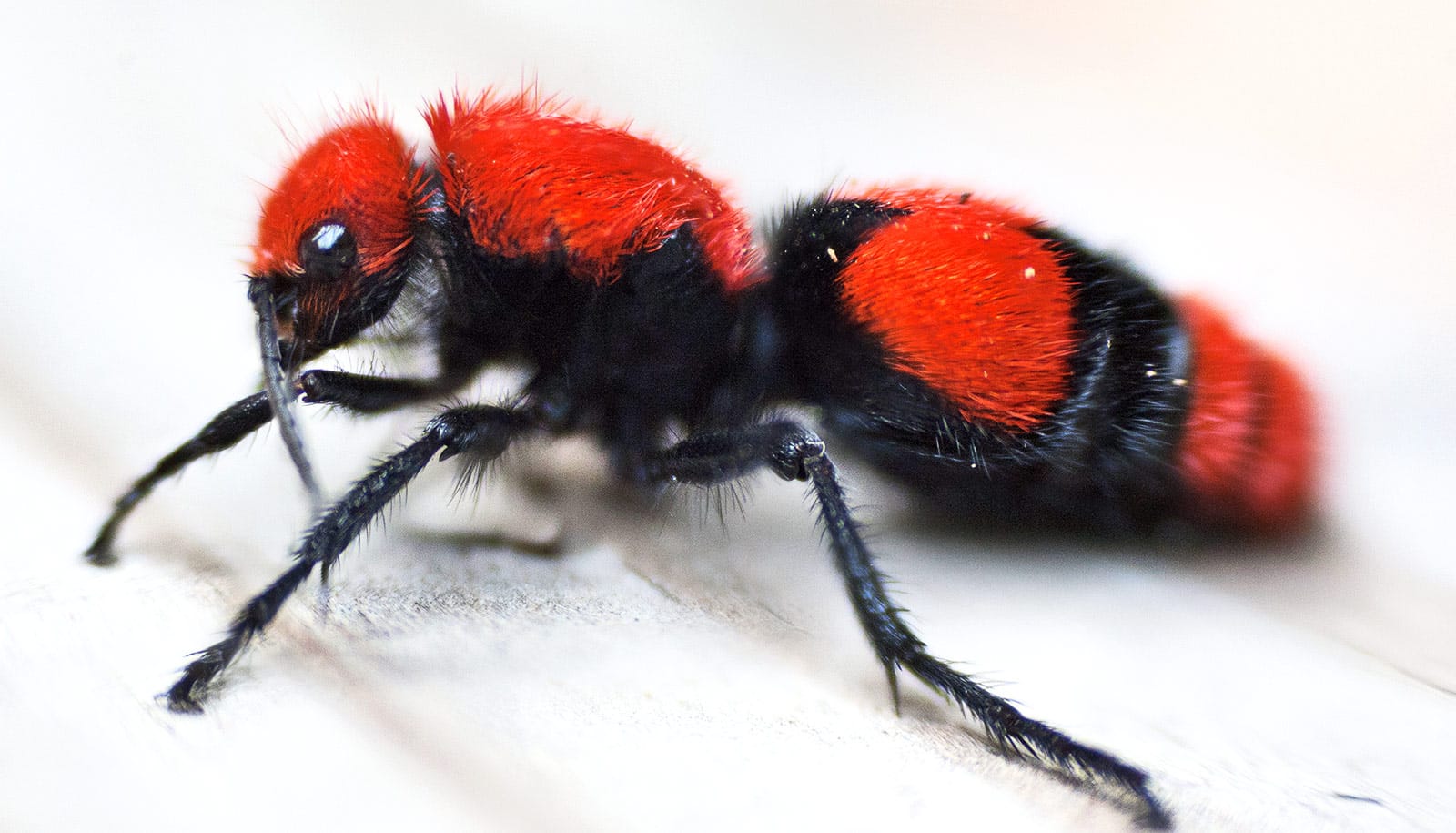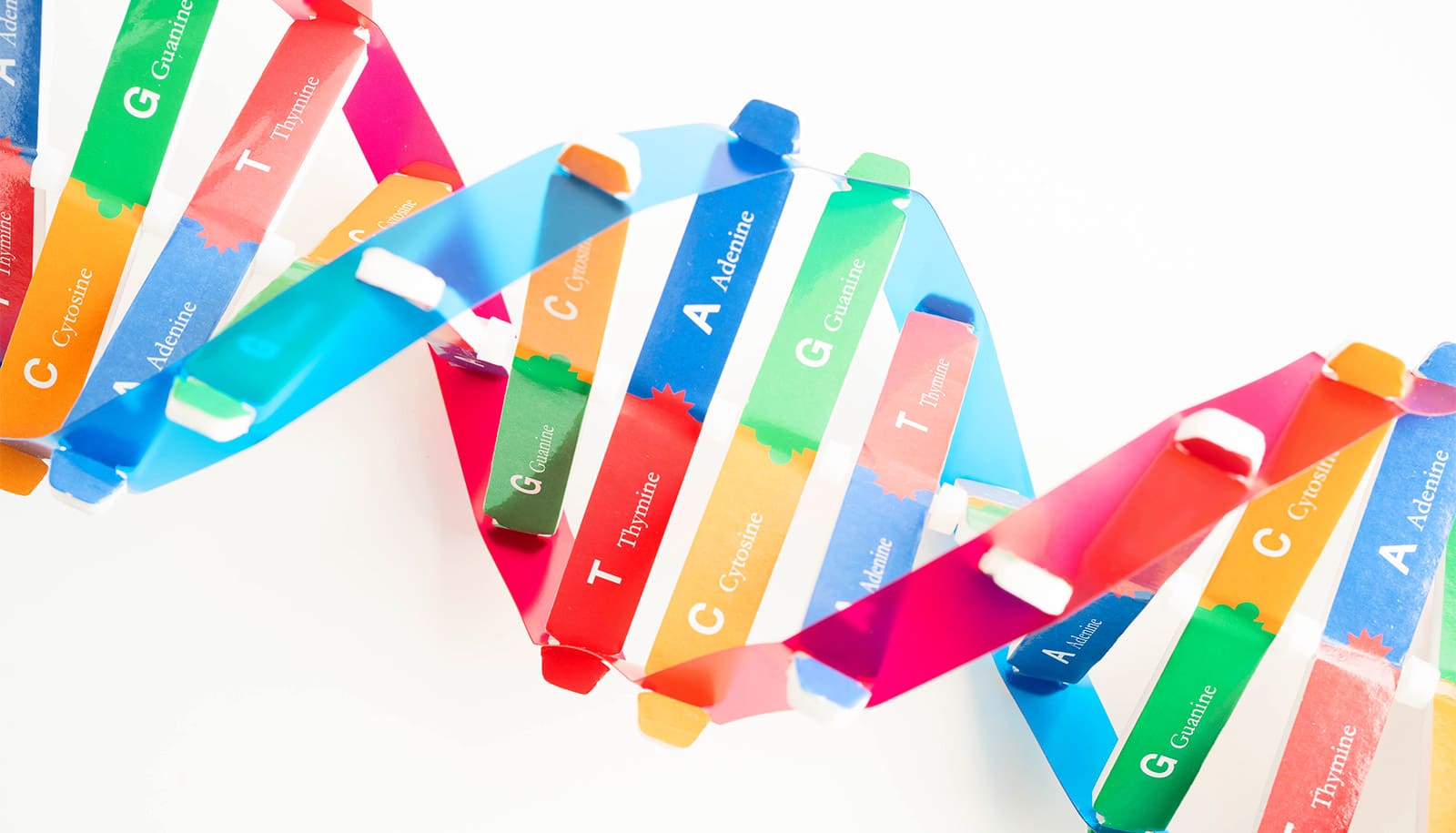There are three lines of evidence suggesting humans are still evolving, says evolutionary biologist Scott Solomon in the run-up to International Darwin Day.
Monday marks the 209th anniversary of the birth of Charles Darwin, the “Father of Evolution.”
“We know more about some aspects of the evolution of other species, like Galapagos finches and Caribbean lizards, than we do about our own, ongoing evolution,” says Solomon, associate teaching professor of ecology and evolutionary biology and author of the book Future Humans: Inside the Science of Our Continuing Evolution (Yale University Press, 2016).
Solomon says scientists have begun using genetic engineering technologies, including CRISPR, to rewrite people’s genetic code.
According to bionews.org, China has performed CRISPR genome editing on 86 cancer patients. While no human tests are underway in the United States, last month the University of Pennsylvania made public its intentions to begin human trials with cancer patients.
“So far these approaches only affect the patient receiving the treatment, but the next logical step will be to edit genes in human embryos,” Solomon says. “This would be a permanent cure since the edited genes would be passed on to subsequent generations.
“Once this happens—which, inevitably, it will—we will become the first species in history to direct its own evolution,” he says. “With this in mind, the time has come to acknowledge that human evolution is still occurring whether we direct it or not. Ignoring our ongoing evolution while pursuing gene editing would be incredibly reckless, yet many experts have expressed confusion or doubts when it comes to the recent and ongoing evolution of our species.”
The evidence that humans are still evolving includes:
1. New traits: Researchers have found telltale signs of newly evolved traits like immunity from some infectious diseases, increased tolerance of ultraviolet radiation from sunlight, the ability to handle specific dietary changes, and tolerance for low-oxygen, mountainous environments. Solomon says that these new insights into humans’ recent evolutionary past have come from genomic data from diverse populations as the cost of sequencing human genomes has declined.
2. Birth patterns: Population records, like those kept by governments and churches, show that changes in the timing of life events, like births and deaths, have continued to evolve through natural selection.
“A common theme in such studies is that natural selection favors women who become mothers at an earlier age,” he says. “Women who have children at a younger age tend to have more children over the span of their lifetime. This evolutionary pressure to reproduce at a younger age conflicts with societal trends toward delaying reproduction and highlights why we need to better understand how evolution is progressing—cultural and evolutionary forces can act in opposition to one another.”
3. Heart data: The third line of evidence for ongoing human evolution comes from large-scale biomedical studies like the Framingham Heart Study, which began in 1948 as an effort to understand the causes of heart disease, says Solomon.
“The Framingham Heart Study continues today, with three generations of participants contributing to what has become the longest-running multigenerational study in medical history,” Solomon says. “Yet the Framingham data speak to more than just cardiovascular health.
“They have shown that people (specifically, women) with lower total cholesterol levels and lower systolic blood pressures tend to have more children, who inherit their genes for these traits. Over generations, this means that those traits will become more and more common. In other words, the population is evolving.”
Source: Rice University



